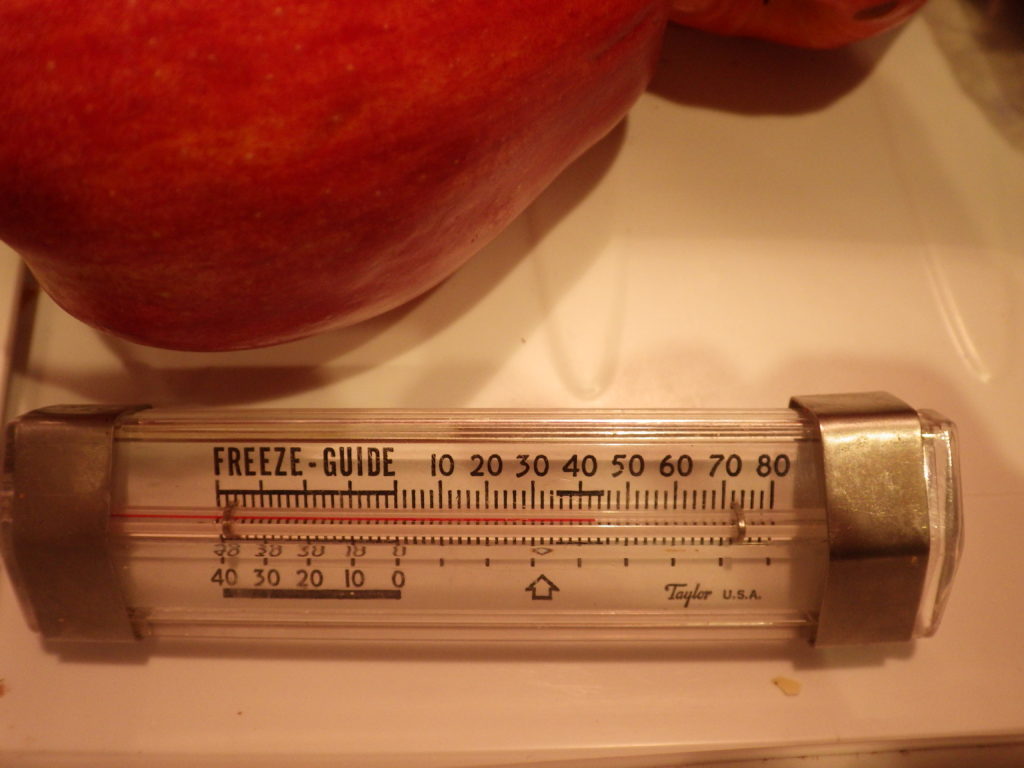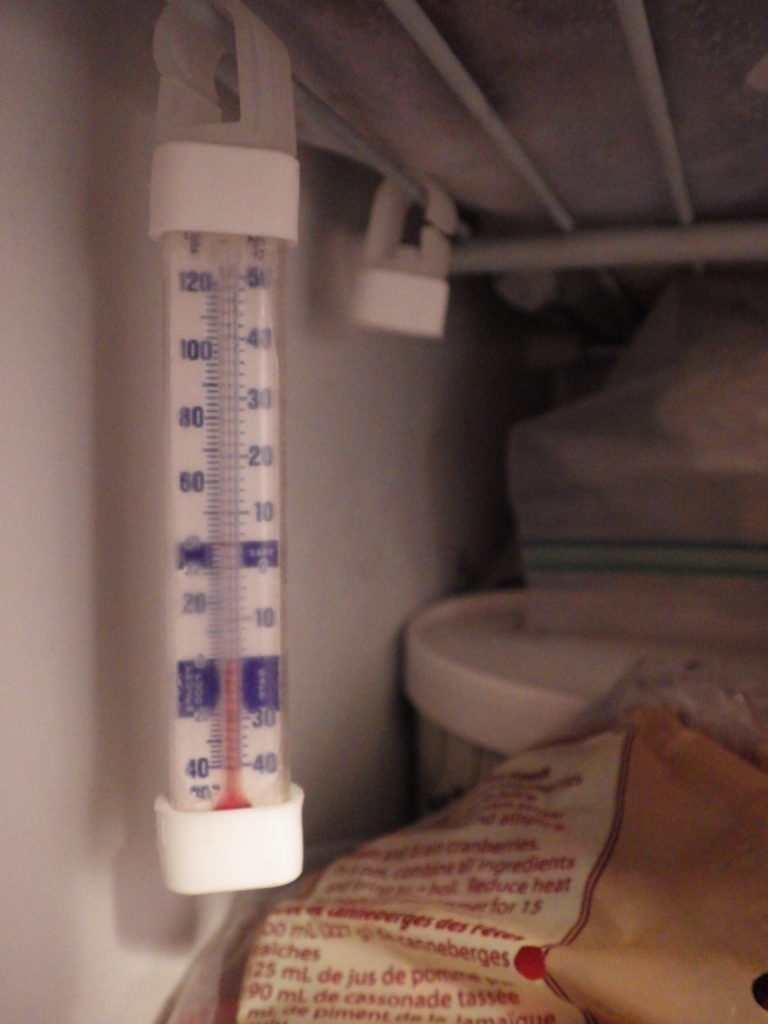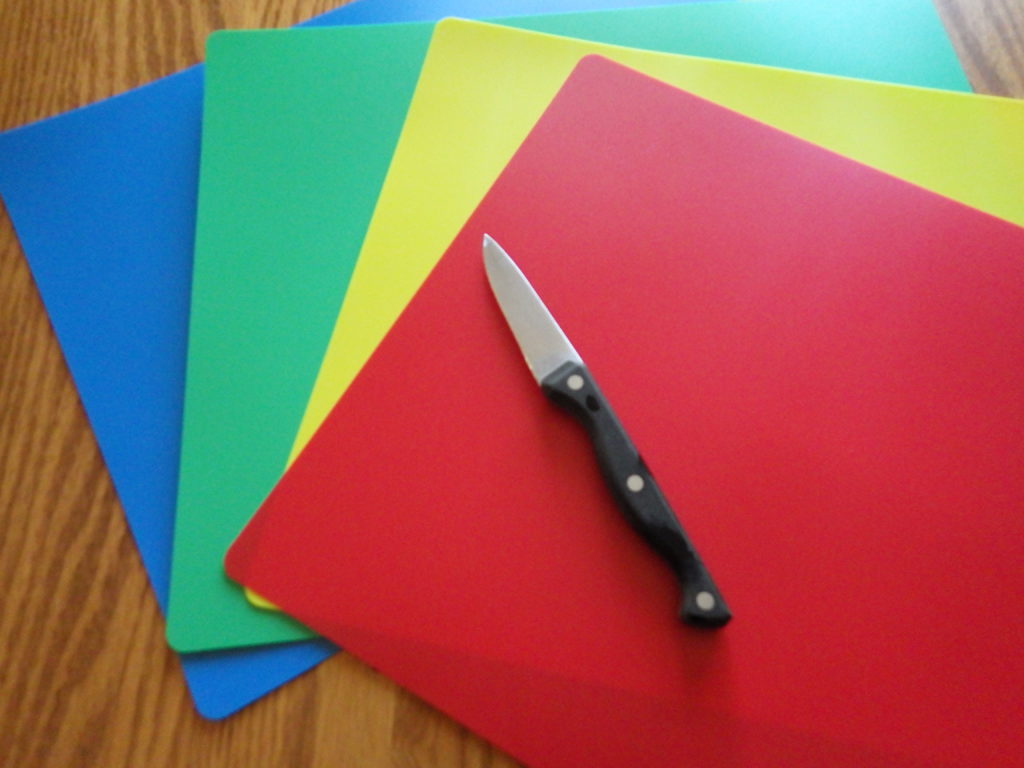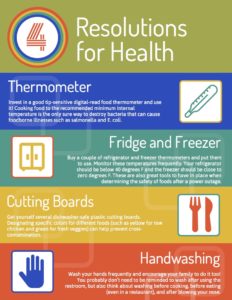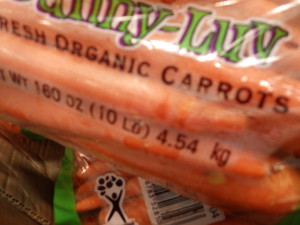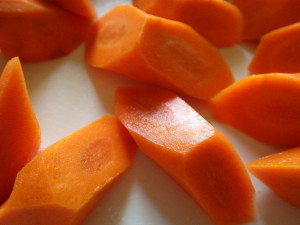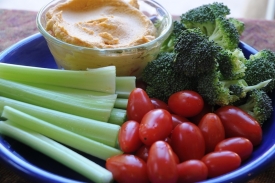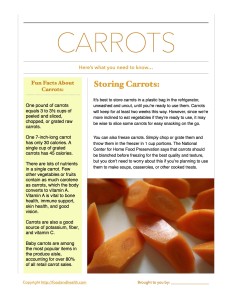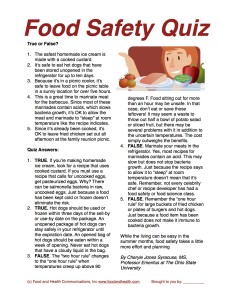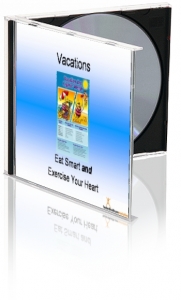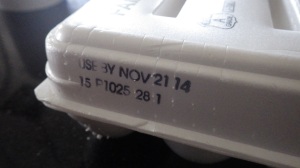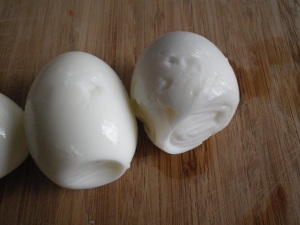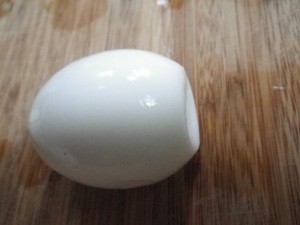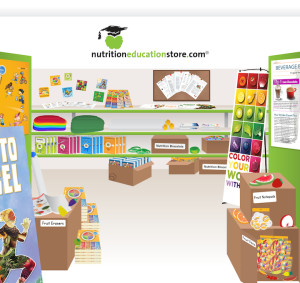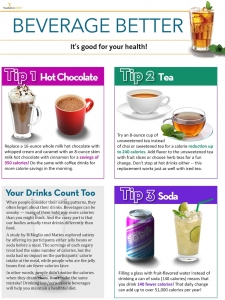Here’s a quick food safety question for you: which of these foods needs to be refrigerated for best food safety?
- Cut watermelon
- Washed and cut leafy greens
- Sliced tomatoes
- Freshly-cut cantaloupe cubes
- Fruit salad
If you answered ALL of them, then you would be correct.
While many people don’t consider these items risky — after all, we often leave whole fruits and vegetables at room temperature for storage or to ripen further — once cut, all fruits and vegetables need to be refrigerated for safety.
Once a fruit or vegetable has been cut, the barrier to the outside world has been broken and the plant’s natural defenses have been compromised. This opens the food up to the environment. Plus, the moisture and natural sugars in fruits and vegetables help create a great place for bacteria to grow. Refrigerator temperatures, on the other hand, can help slow this development of bacteria.
Other foods that are quite often forgotten are things like smoothies and juices. These drinks should be consumed within two hours or refrigerated. Just like with cut fruit, with smoothies and juices you’ve disrupted the cell structure by blending or squeezing, which in turn makes them more susceptible to bacteria development.
Another way to help prevent bacteria growth on fruits and vegetables is to wash them carefully — even if you’re not going to eat the outside. There could be bacteria on the skin or rind and it can be dragged across the moist flesh of the food during your preparation. This additional bacteria on the inside of the food can just add to potential problems if left at room temperature.
Always remember to wash your hands, countertops, and cutting boards before and after cutting fresh fruits and vegetables. Take care to avoid cross-contamination with raw meats, poultry, and seafood.
The same caution should be taken with cooked fruits and vegetables. Once they’ve been heated, the cell structure has been broken down, making it an ideal setting for pathogen development.
Here’s the key take-home message: Once cut, cleaned, peeled, chopped, blended, or cooked, all fruits and vegetables should NOT be kept at room temperature for more than two hours. Refrigerate them for safety.
By Cheryle Jones Syracuse, MS, Professor Emeritus at The Ohio State University
The Nutrition Month preparation fun continues in the Nutrition Education Store! Check out these great materials…

What's On Your Fork? Bulletin Board Banner 24" x 24" Square Banner for Bulletin Boards, Walls, and More
$49.00 $0.00
Add to Cart

Nutrition Stickers 2" X 2" - Pack of 100
$12.99 $12.99
Add to Cart




